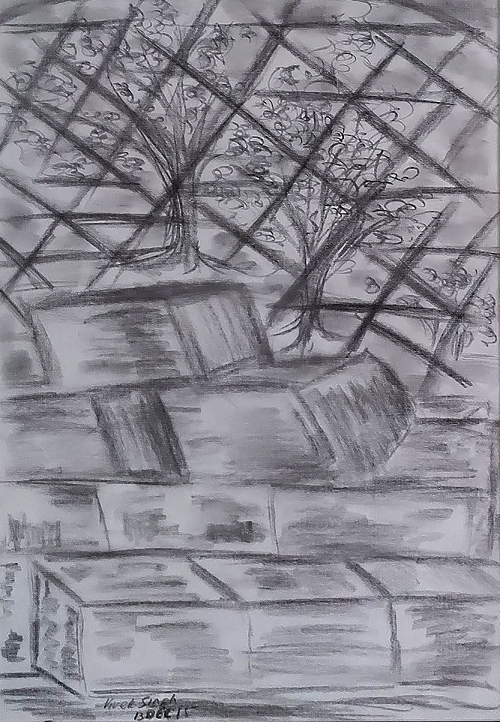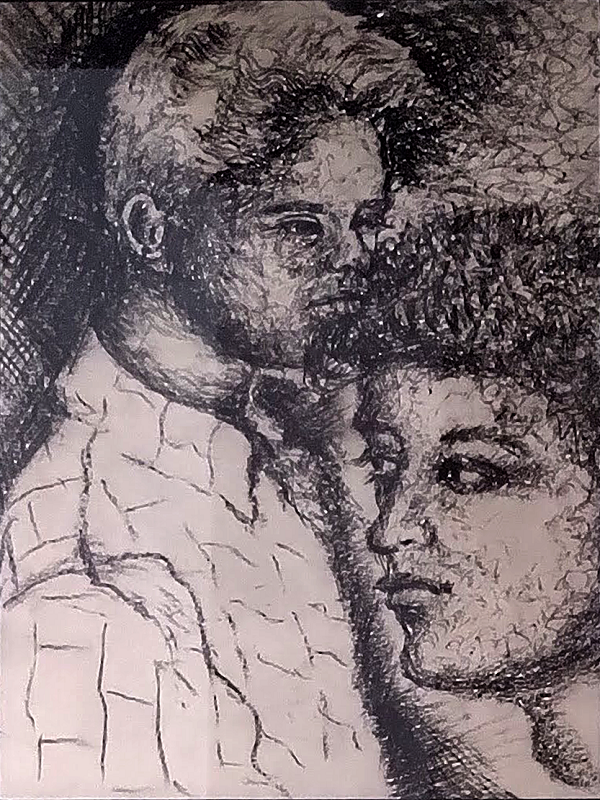Charcoal Painting
-
Light & Shade
₹10,000.00 ₹8,500.00 -
Father and Son
₹15,000.00 ₹11,900.00
A sanctuary for art lovers to Buy Charcoal paintings online is the Art Life Gallery. Enter the realm of creation, where every brushstroke has a meaning and every work of art is a masterpiece. Our mission at Art Life Gallery is to provide a selection that embodies the spirit of artistic expression. It is with a particular emphasis on the fascinating field of charcoal painting.
The deep richness and beauty that charcoal painting imparts to the canvas is exhibited in our gallery. We cordially welcome you to examine the subtle nuances, minute details, and poignant aspects of our charcoal paintings, which are created by accomplished artists who give each piece life.
Art Life Gallery offers stunning Charcoal paintings online that appeal to a wide range of interests and preferences. This makes it ideal for anybody who wants to embellish their home with unique works or who is an art collector or enthusiast.
Our goal is to create an immersive experience that links people with the transformational power of visual narrative; we are not only interested in exhibiting art. See the enduring appeal of charcoal paintings at Art Life Gallery, where each work is a monument to the synthesis of imagination, emotion, and expertise.
Art Life Gallery, located in Delhi NCR, is a center for creative inspiration. We invite you to join us on this journey, where art becomes a way of life. The elegant elegance of charcoal drawings will elevate your area. Come see us now, and let your love of art be sparked by the charcoal brushstrokes.









